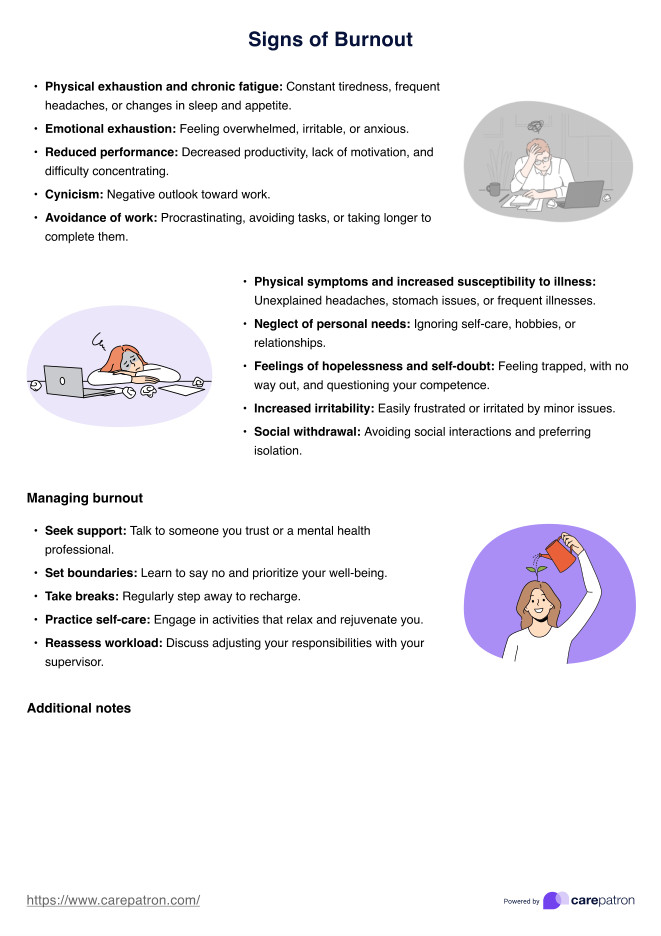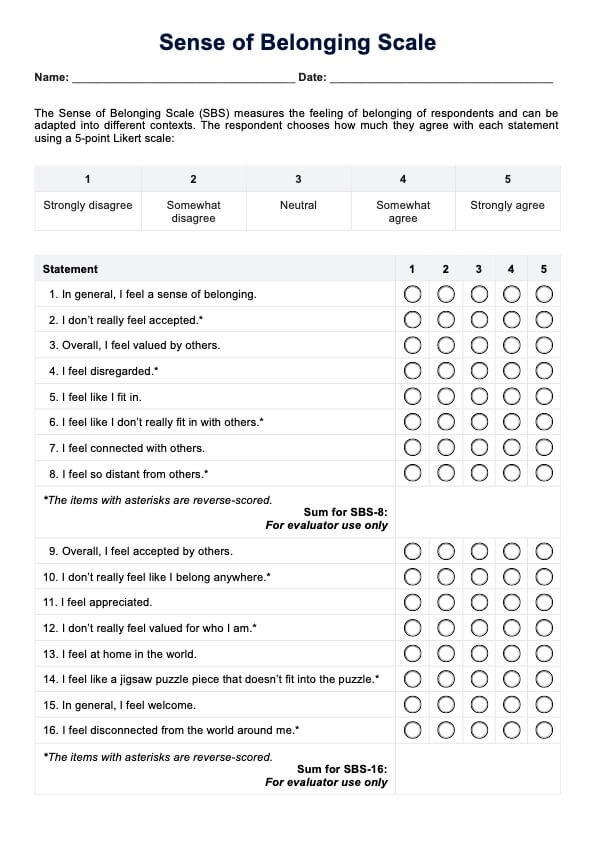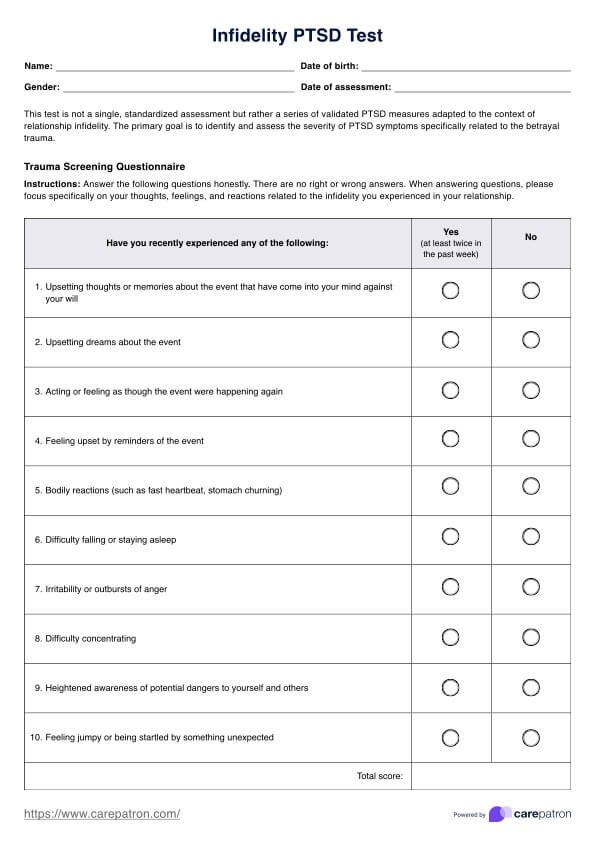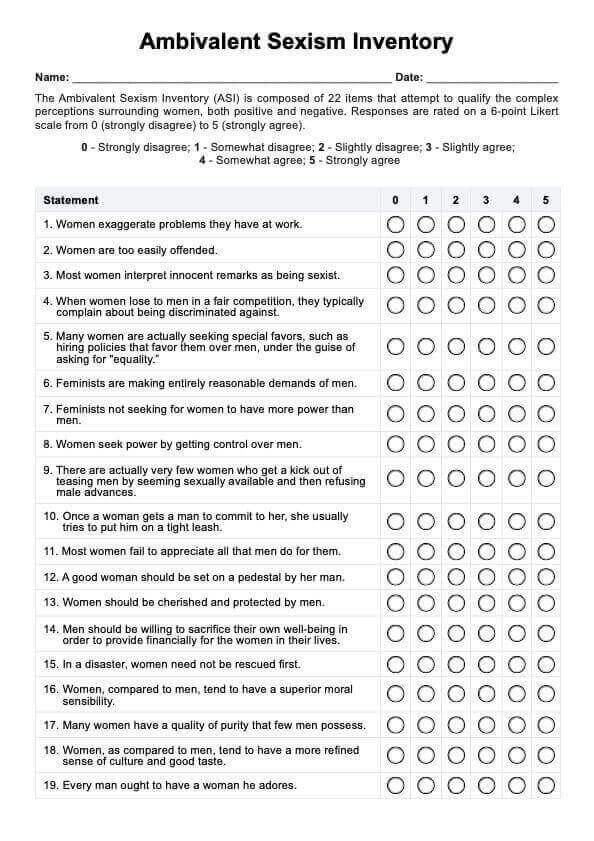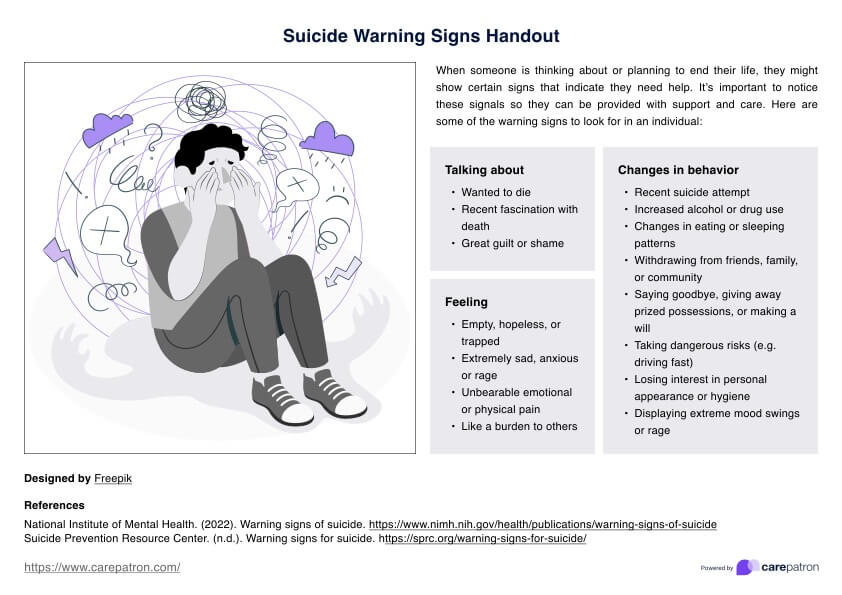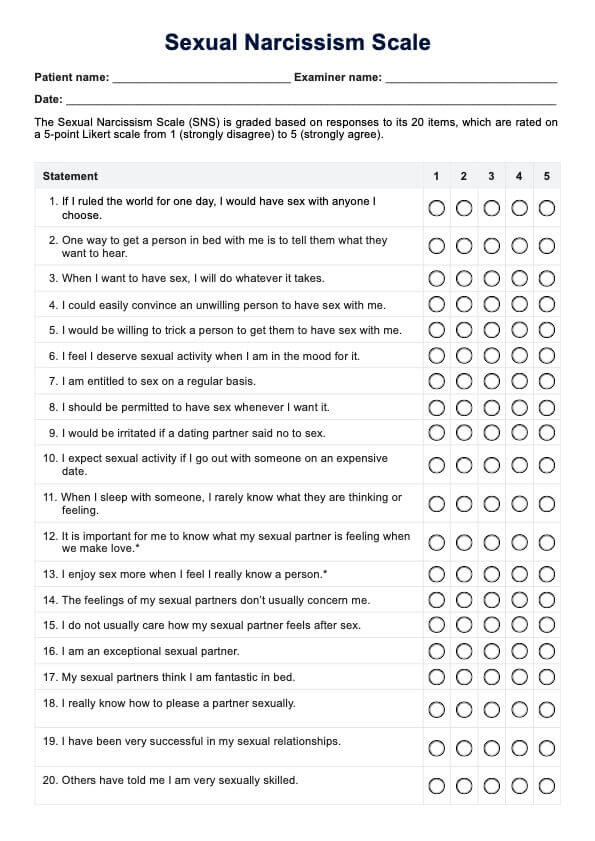Professional Quality of Life Scale (ProQOL)
Assess the positive and negative aspects of working in helping professions with the Professional Quality of Life Scale (ProQOL).


What is the Professional Quality of Life Scale (ProQOL)?
The Professional Quality of Life Scale or ProQOL measure is a self-report cale, most commonly used measure designed to assess both the negative and positive effects of working and helping patients suffering or experiencing traumatic experiences. The goal of this scale is for those helping professionals to improve their ability to help the aforementioned people and remain balanced.
The scale consists of 30 items and includes three subscales:
- Compassion satisfaction: This subscale measures the pleasure one derives from being able to do one’s work well.
- Burnout: This subscale assesses burnout, one of the elements of compassion fatigue (CF), which is the feeling of hopelessness and difficulties in dealing with work or doing one’s job effectively.
- Secondary traumatic stress: This subscale measures secondary traumatic stress (STS), another component of compassion fatigue, which is the negative effects of working with individuals who have experienced extremely stressful events.
Widely used by healthcare professionals, nurses, social workers, and therapists, the ProQOL scale is meant to help them understand and manage their work-related satisfaction levels and better manage work-related stress.
Professional Quality of Life Scale (ProQOL) Template
Professional Quality of Life Scale (ProQOL) Example
How to use our Professional Quality of Life Scale template
To ensure you make the most out of this life measure, here's a step-by-step guide to effectively use the ProQOL template provided in this guide:
Step 1: Rate each statement
You or a fellow professional should start by rating each statement from 1 (Never) to 5 (Very Often) on the ProQOL questionnaire based on the frequency of the described feelings or experiences over the past 30 days. It's important to be as honest and accurate as possible in the responses to ensure a true reflection of professional quality of life.
Step 2: Calculate and interpret scores
Calculate your subscale scores by obtaining the sum of scores for items associated with each subscale. A list of said items is provided in the scoring and interpretation section below and in the template. Then, once you have the scores in each subscale, interpret them to understand your current professional quality of life. An interpretation guide is also provided below and in the template.
Step 3: Reflect and take action
Reflect on the scores and interpretation you obtained. Consider what these scores mean in the context of your work and personal well-being. Afterward, based on your reflection, consider practical steps to improve your professional quality of life. You can write your reflections and action steps in the notes section at the bottom of the template.
Scoring and interpretation
Understanding how to score the scale accurately is essential for deriving meaningful insights and identifying action steps from the ProQOL, which measures both the negative and positive affects associated with helping those who experience suffering and trauma. Here’s a detailed guide on how to score and interpret the scores from the ProQOL:
Scoring
The ProQOL is divided into three subscales, and each subscale is measured by a specific set of items within the questionnaire. To get the scores for each subscale, simply follow the instructions below:
- Compassion satisfaction: Add the scores for items 3, 6, 12, 16, 18, 20, 22, 24, 27, 30.
- Burnout: Add the scores for items 1, 4, 8, 10, 15, 17, 19, 21, 26, 29.
- Secondary traumatic stress (compassion fatigue): Add the scores for items 2, 5, 7, 9, 11, 13, 14, 23, 25, 28.
Interpretation
After calculating the subscale scores, use the information below to interpret the scores to better understand your ProQOL scale scores:
- Compassion satisfaction: Higher scores (above 40) denote a strong sense of fulfillment and satisfaction derived from your work, reflecting positive feelings about your ability to help others.
- Burnout: Higher scores (above 30) suggest substantial burnout, indicating feelings of emotional exhaustion and detachment from work.
- Secondary traumatic stress (compassion fatigue): Higher scores (above 30) signify considerable compassion, highlighting the negative effects and emotional toll of exposure to others' traumatic experiences. Post-traumatic stress disorder (PTSD) is also relevant here, as it can be prevalent in individuals working in trauma-related fields and may warrant further diagnostic consideration when using tools like the ProQOL.
Next steps after using the Professional Quality of Life Scale
After answering, scoring, and interpreting the ProQOL assessment, taking actionable steps to address the insights gained from your results is crucial to preventing or intervening with mental health issues as soon as possible. Here are the next steps you can follow:
Reflect on your scores
If you have high scores in your compassion satisfaction, reflect on what contributes to it and consider ways to maintain on enhance it. Otherwise, if you have high scores in your burnout or compassion fatigue, consider how your workload, work environment, personal life, or exposure to other's trauma is impacting your stress levels and affecting you emotionally and mentally.
Identify areas for improvement
Evaluate your current self-care practices and improve them by identifying areas where you can enhance your routine. In addition, assess your work environment for potential improvements and consider changes that could reduce stress or increase support.
Develop a plan
Based on your reflections, set specific, achievable goals to improve your professional quality of life and create a support system with colleagues, friends, family members, a peer support group, or even an experienced counselor who can provide emotional and professional support.
Monitor your progress
Do regular check-ins with yourself and periodically reassess your professional quality of life using the ProQOL or other tools. Adjust your plan as needed. Lastly, acknowledge and celebrate your progress, no matter how small, to help maintain motivation and reinforce positive changes.
Commonly asked questions
Secondary trauma refers to the emotional duress that results when an individual hears about the firsthand trauma experiences of another. It is a common occurrence among professionals who work with trauma-exposed populations, such as social service workers.
Social service workers are essential contributors to the helping professions. They play a crucial role in assisting individuals who have experienced trauma.
Yes, it has proven to be a valid measure of the three aspects of the roles of helping professions.


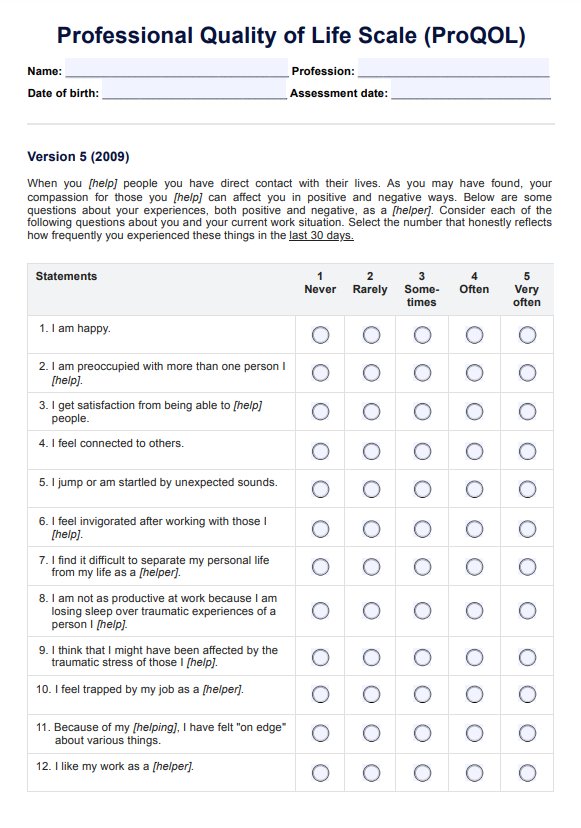
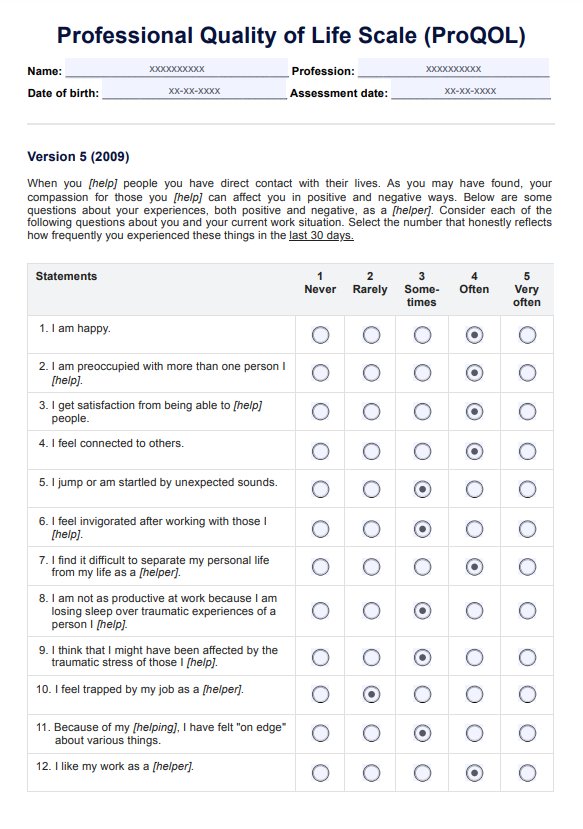

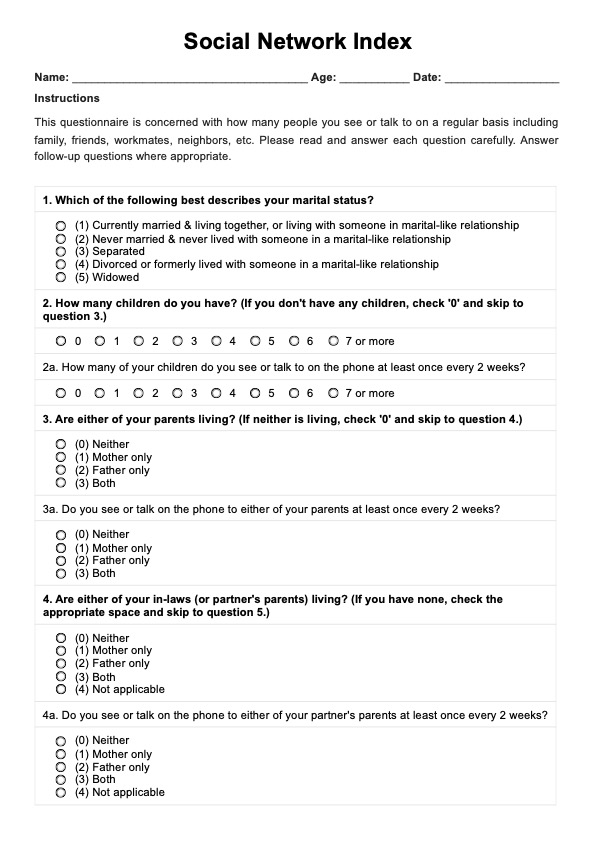











-template.jpg)

















































































